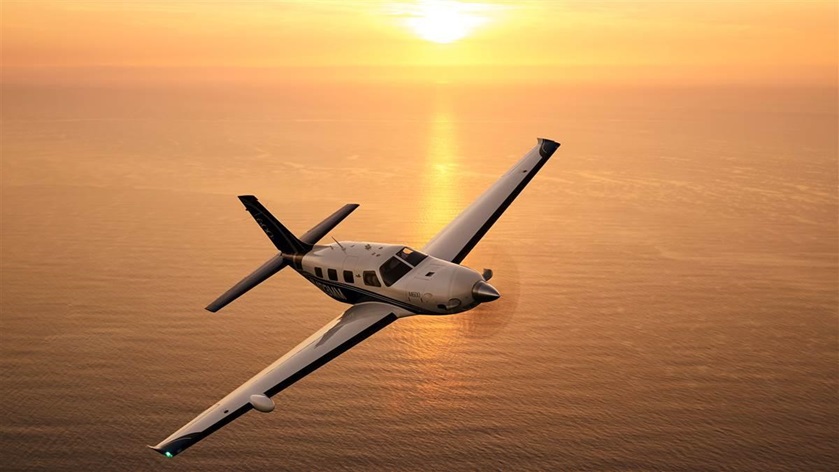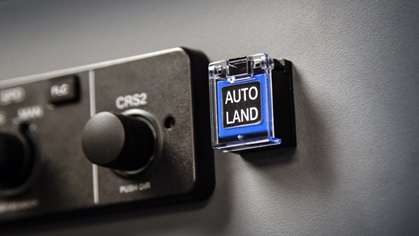Piper first with Garmin Autoland approval
System takes over for incapacitated pilots
The FAA on May 15 handed Piper officials the much-anticipated certification papers for the revolutionary Garmin Autoland system. The approval makes the Piper M600/SLS the first airplane ever certified with a system that will land the airplane on its own should the pilot become incapacitated.

The milestone caps a yearslong effort by Garmin and several aircraft manufacturers to bring the sophisticated system to market. Piper brands it the HALO safety system. “This is the first aircraft to be certified with one of the most significant advancements in general aviation history. As a company that has always held safety at the forefront of our culture, we are proud to be first to market with Autoland,” said Piper President and CEO Simon Caldecott. “Additionally, it is our great honor to pave the way for others to follow with this new technology.”
Once activated, Autoland uses the G3000’s on-board navigation and weather information to find the nearest suitable runway with an RNAV approach. The system considers wind, thunderstorms, and other weather considerations as well as runway length appropriate for the particular model of airplane. It then squawks the emergency transponder code, begins broadcasting to air traffic control and nearby pilots, and then using autothrottles descends to the runway, deploying gear and flaps. Once on the runway it brings the airplane to a stop and shuts off the engine. Throughout the automated sequence it also plays videos on the multifunction display to educate any passengers about what is happening, how to prepare for landing, and, ultimately, how to open the door and get out on the runway.

The system is standard on all 2020 M600/SLS models, which began deliveries in the fourth quarter of 2019. Those airplanes were all provisioned for the HALO system and now only need minimal upgrades to make the system active. For now the autothrottle system on the M600/SLS is active only during the automated landing sequence. However, Piper is near a full certification of the complete autothrottle system, making it available for all phases of flight.
Garmin reports that Autoland will be available soon on the Cirrus Vision Jet and Daher TBM 940. Approvals for other models are in development.
While the system shows great promise to improve safety, some pilots have expressed skepticism about giving up control of the airplane to an automated system. However, others recognize the technology as a foundation for many advances in aviation—airplanes that will be capable of landing regardless of ceiling and visibility.



